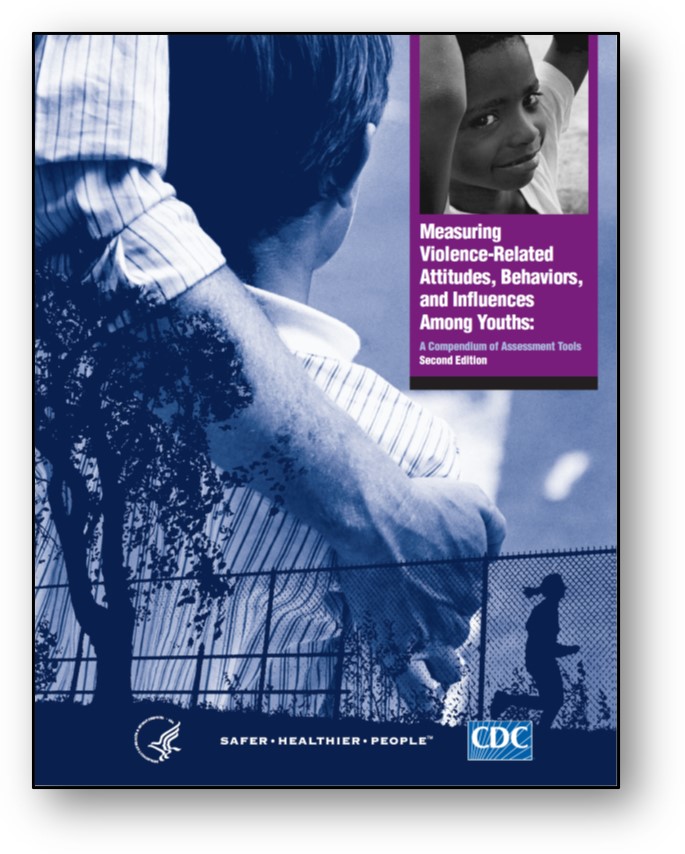Measuring Violence-Related Attitudes, Behaviors, and Influences Among Youths: A Compendium of Assessment Tools

Source:
Why Outcome Evaluations Are So Important
In their desire to be responsive to constituents’ concerns about violence, schools and communities often are so involved with prevention activities that they rarely make outcome evaluations a priority. Such evaluations, however, are necessary if we want to know what works in preventing aggression and violence. In the area of youth violence, it is not enough to simply examine how a program is being implemented or delivered, or to provide testimonials about the success of an intervention or program. Programs must be able to show measurable change in behavioral patterns or change in some of the mediating or moderating factors associated with aggression and violence. To demonstrate these changes or to show that a program made a difference, researchers and prevention specialists must conduct an outcome evaluation.
- ISSUP members can join Networks to comment – Sign in or become a member